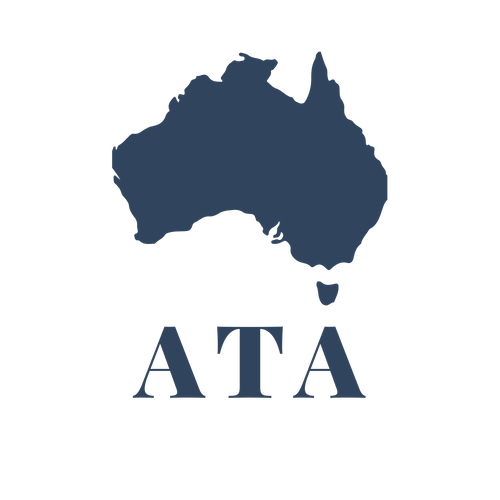Streaming service boom proves ABC audiences can foot the bill
Would you like $100 to spend on whichever streaming services you prefer? It’s enough to cover premium plans with Netflix ($20), Stan ($19), Binge ($18) and Disney Plus ($12).
Streaming services have thrived during the pandemic, with 80 per cent of Aussie households subscribed to at least one, according to the latest figures from Deloitte. It comes as no surprise but further cements what business owners already knew: people will spend money to get what they want. Judging by the millions of Australians subscribed to streaming services such as Netflix, Stan and Binge, there are enough consumers willing to cough up between $10 and $20 a month per service to enable a range of them to exist. The Deloitte annual media consumer survey revealed the average household spent $55 per month on streaming services.
But, what’s good for the goose has never been good enough for the gander when it comes to the taxpayer-funded ABC. In the most recent budget, the media giant was allocated $880.56 million, costing the average household more than $100 a year. Assuming only half of Australian households found the ABC worth paying for, the platform could collect its $880.56m by charging users just $17 a month.
Perhaps the most commonly cited justification for keeping the ABC nationalised is that the service would no longer exist, leaving millions of Australians in the lurch. But, if the ABC is so important and so widely valued, how could it not sustain itself? Indeed, a user-pay model would serve as a great opportunity to prove its value. Undoubtedly such an achievement would serve as a boasting point for wine-swirling liberals.
The risk involved in removing the burden from the taxpayer isn’t that the ABC would disappear. Australian households are clearly comfortable paying for media they deem worth their dollar. The risk is that those who value the ABC enough to subscribe may have to foot the bill, without the help of those who do not. Outrageous. Of course, bleeding hearts might ignore this detail in the interest of enabling the less advantaged to tune in to Play School or QandA. However, it’s important to remember that most of the ABC’s audience is middle class; the platform’s market is able to pay up. It will be even easier with an extra cheeky $100 in the pocket each year.
If the user-pay model fails to keep the ABC afloat, perhaps it means Australians would rather spend that $100 elsewhere.

